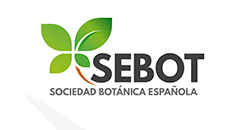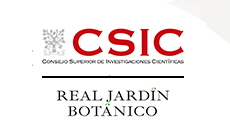Scientific Area
Trace element hyperaccumulator plant traits: a call for trait data collection
ID: 613 / 241
Category: Abstract
Track: Pending
Proposed Symposium Title: Trace element hyperaccumulator plant traits: a call for trait data collection
Authors:
Béatrice Gervais-Bergeron1, Adrian Paul1, Pierre-Luc Chagnon2, Alan Baker3,4,5, Antony van der Ent3,5, Michel-Pierre Faucon6, Celestino Quintela-Sabarís7 and Michel Labrecque1
Affiliations: 1 Institut de recherche en biologie végétale, Université de Montréal, Canada 2 Agriculture and Agrifood Canada, Canada 3 Sustainable Minerals Institute, The University of Queensland, Australia 4 School of BioSciences, The University of Melbourne, Australia 5 Laboratoire Sols et Environnement, Université de Lorraine, France 6 UniLaSalle, AGHYLE, France 7 Grupo de Ecoloxía Animal (GEA), Universidade de Vigo, Spain
Abstract:
Hyperaccumulator plants exhibit extreme ecophysiological characteristics, which make them valuable for conservation and suited for phytoremediation1. Understanding their ecological strategies might help identify the species and functions to be fostered in phytoremediation, restoration, and conservation projects for metalliferous sites.
Here, we identified the hyperaccumulator species in the worldwide plant trait database TRY and cross-referenced these trait syndromes associated with the ability of plants to concentrate metals. We collected three traits (leaf area (LA), specific leaf area (SLA), and leaf dry matter content (LDMC)) on all available species on TRY (n= 4523), from which 20 were identified on the global hyperaccumulator database.
This allows us to link trace element hyperaccumulation with broader plant ecological strategies, such as competitive, stress-tolerant, and ruderal strategies (CSR) or resource acquisition ones.
With these primary data, hyperaccumulators seem to have smaller leaves and poor competitive ability compared to non-hyperaccumulator species. Contrary to expectations, we found no indication of hyperaccumulators being more resource-conservative on the leaf economics spectrum. However, these data remain fragmentary as only 2.7% of hyperaccumulators have their traits published in the TRY database. We thus proceed to a systematic review to retrieve around 40 additional new hyperaccumulator species present on TRY and call for an international collaborative sampling effort to measure traits in more hyperaccumulator species.
The recent development of trait-based models to construct plant communities providing optimal ecosystem services (e.g., phytoremediation, restoration)3 requires further research to identify predictable trait-service relationships. This research provides a first synthesis of the research advancement on hyperaccumulator traits, as well as a first synthesis analysis of their strategies at a global scale.




